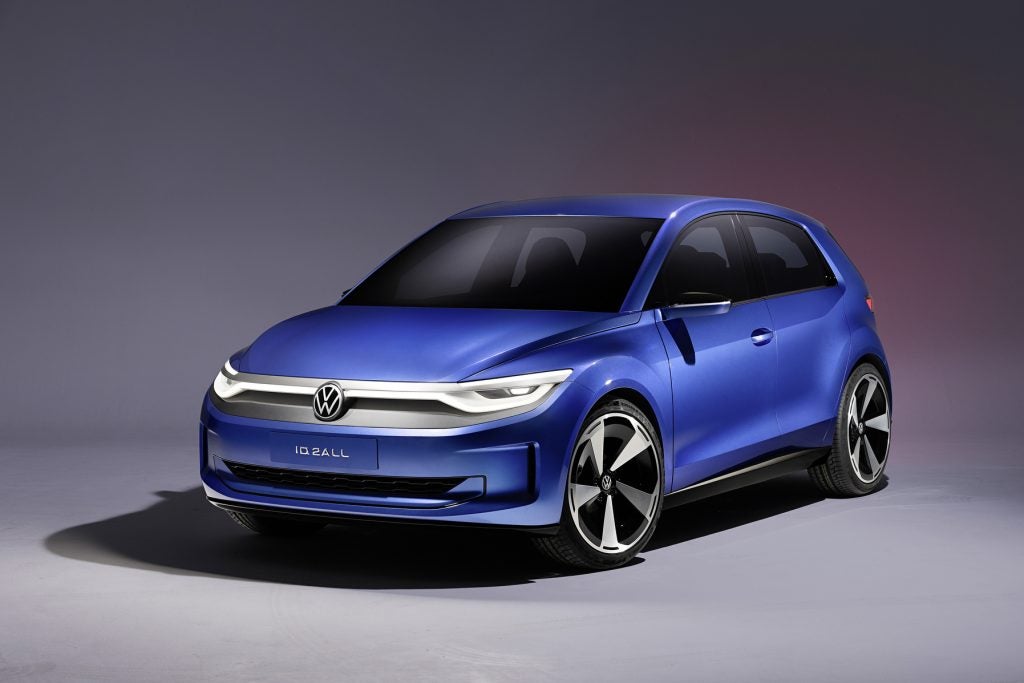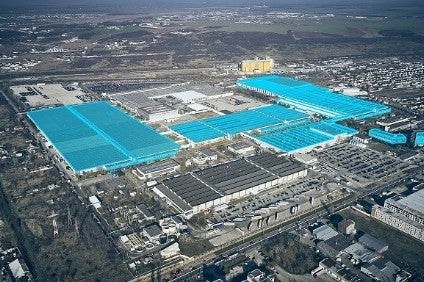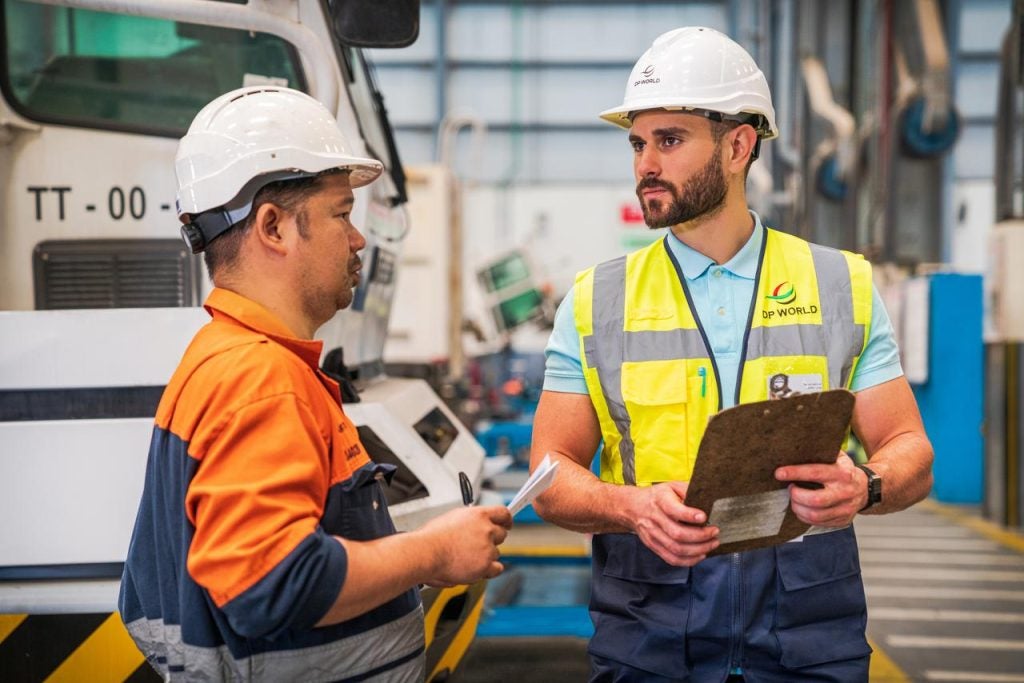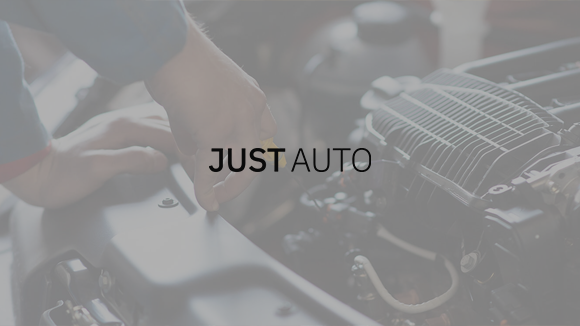The automotive industry continues to be a hotbed of innovation, with activity driven by the increase in the number of road accidents and consumer awareness regarding enhanced safety, and growing importance of technologies such as active buckle lifters and active seat belts. In the last three years alone, there have been over 1.2 million patents filed and granted in the automotive industry, according to GlobalData’s report on Internet of Things in Automotive: Sensor-integrated seat belts.
However, not all innovations are equal and nor do they follow a constant upward trend. Instead, their evolution takes the form of an S-shaped curve that reflects their typical lifecycle from early emergence to accelerating adoption, before finally stabilising and reaching maturity.
Identifying where a particular innovation is on this journey, especially those that are in the emerging and accelerating stages, is essential for understanding their current level of adoption and the likely future trajectory and impact they will have.
290+ innovations will shape the automotive industry
According to GlobalData’s Technology Foresights, which plots the S-curve for the automotive industry using innovation intensity models built on over 619,000 patents, there are 290+ innovation areas that will shape the future of the industry.
Within the emerging innovation stage, acoustic vehicle signalling devices, autonomous parking, and brake pedal sensors are disruptive technologies that are in the early stages of application and should be tracked closely. Vehicle head up displays (HUDs), smart light dimmers, and automatic actuated vehicle doors are some of the accelerating innovation areas, where adoption has been steadily increasing. Among maturing innovation areas are road slope estimation and V2V distance monitoring, which are now well established in the industry.
Innovation S-curve for IoT in the automotive industry
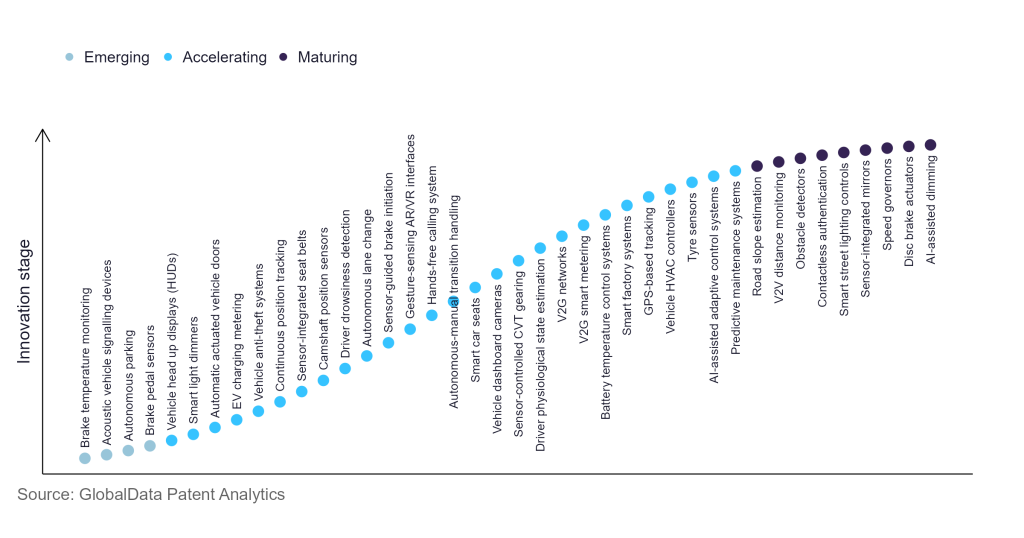
Sensor-integrated seat belts is a key innovation area in IoT
In sensor integrated seat belts, a sensor checks to see if the buckle is fastened or unfastened, allowing the passenger safety system to gauge the ideal airbag deployment. Additionally, it serves as an input for the unbuckled warning system and the electronic park brake.
GlobalData’s analysis also uncovers the companies at the forefront of each innovation area and assesses the potential reach and impact of their patenting activity across different applications and geographies. According to GlobalData, there are 50+ companies, spanning technology vendors, established automotive companies, and up-and-coming start-ups engaged in the development and application of sensor-integrated seat belts.
Key players in sensor-integrated seat belts – a disruptive innovation in the automotive industry
‘Application diversity’ measures the number of different applications identified for each relevant patent and broadly splits companies into either ‘niche’ or ‘diversified’ innovators.
‘Geographic reach’ refers to the number of different countries each relevant patent is registered in and reflects the breadth of geographic application intended, ranging from ‘global’ to ‘local’.
Patent volumes related to sensor-integrated seat belts
Source: GlobalData Patent Analytics
Autoliv is a key player in the sensor-integrated seat belt innovation area. Autoliv’s sensor-integrated seat belts work together with airbags in a collision. The seatbelt offers passengers an added sense of safety and guards them from potential further injury. It also encourages passengers to buckle up especially those seated in rear seats. Tokai Rika, Ford, Zeppelin Stiftung, and Ningbo Joyson Electronic are some of the other key players.
To further understand how IoT is disrupting the automotive industry, access GlobalData’s latest thematic research report on Internet of Things (IoT) in Automotive.






